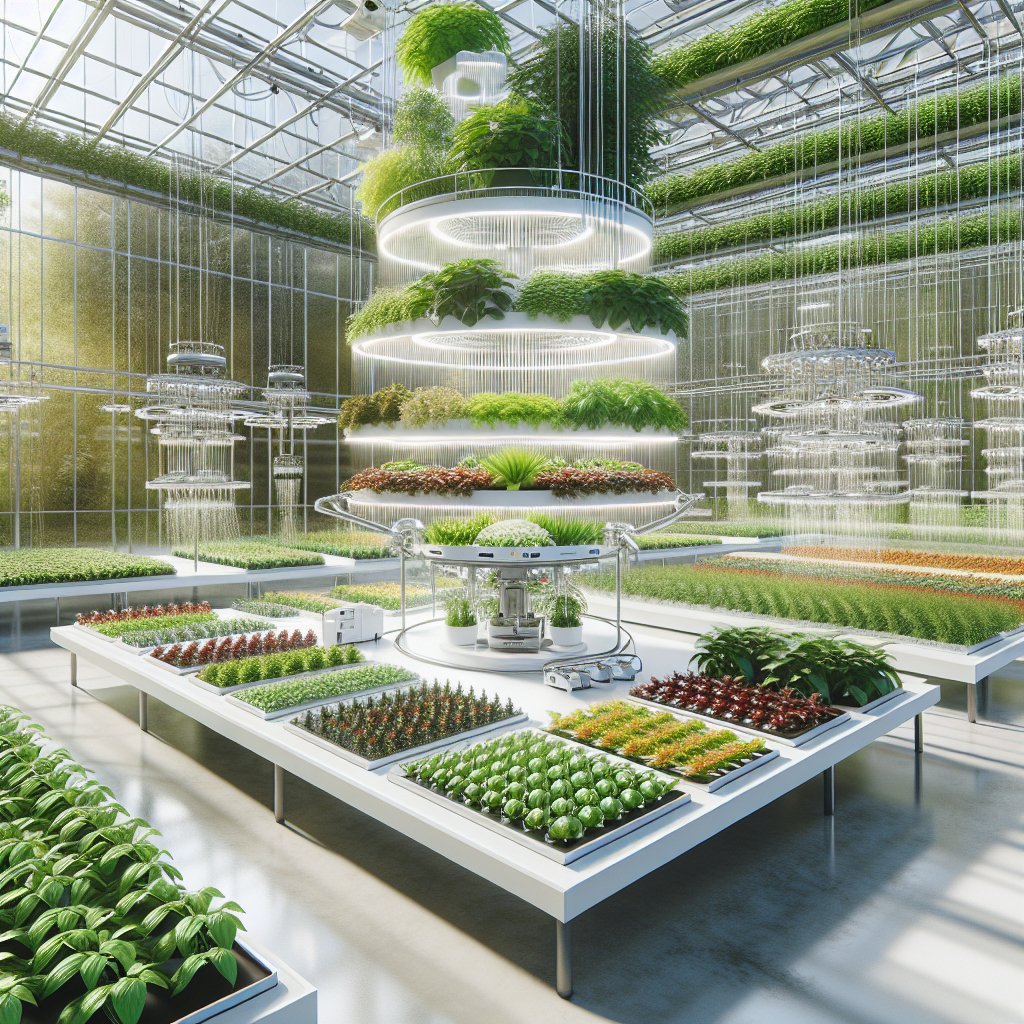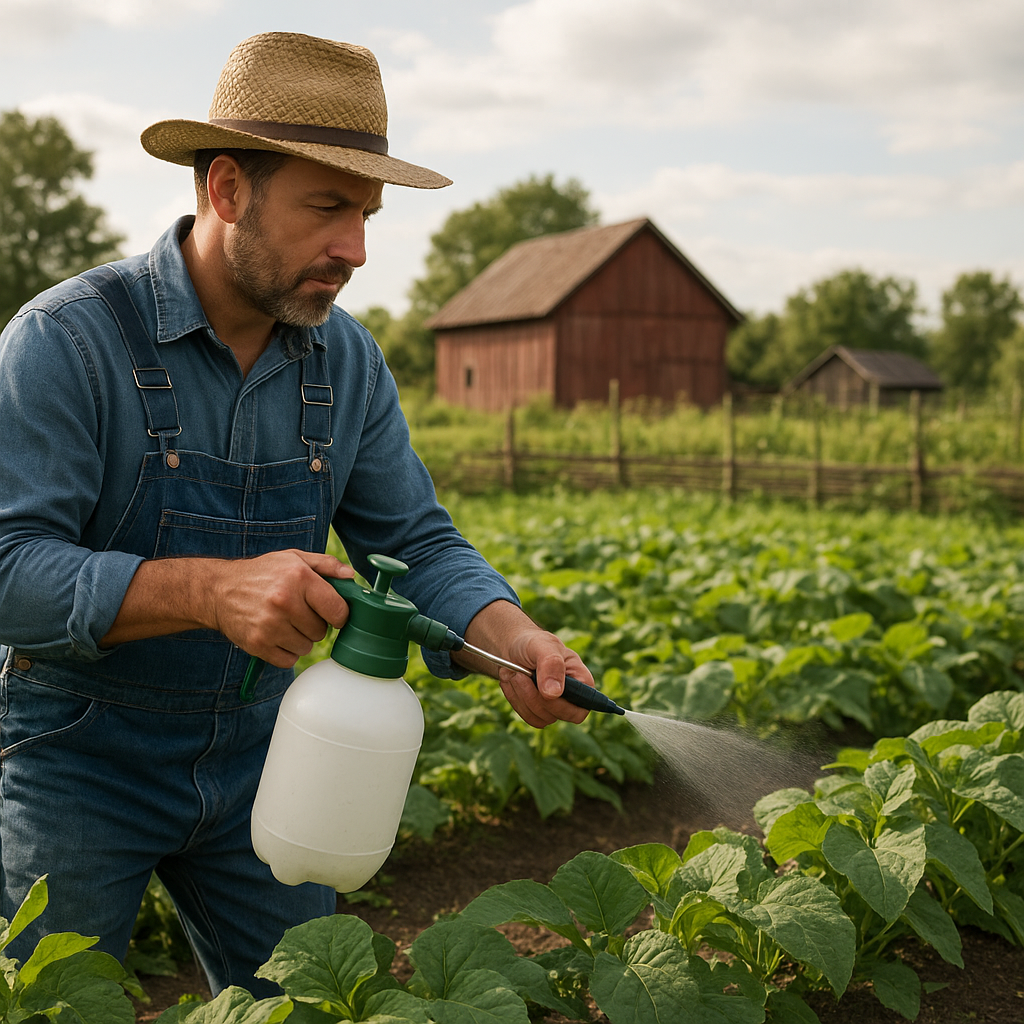
Greenhouses offer a controlled environment that can significantly enhance agricultural productivity, allowing for the cultivation of a wide variety of plants regardless of external weather conditions. However, to truly maximize the potential of a greenhouse, it is essential to implement effective strategies and practices. This article delves into various tips and techniques that can help farmers and gardeners optimize their greenhouse operations, ensuring higher yields and better quality produce.
Understanding the Basics of Greenhouse Management
Before diving into advanced strategies, it is crucial to have a solid understanding of the fundamental aspects of greenhouse management. A greenhouse is essentially a structure with walls and a roof made chiefly of transparent material, such as glass or plastic, designed to regulate the internal environment for plant growth. The primary advantage of a greenhouse is its ability to control temperature, humidity, and light, creating an ideal setting for plants.
Effective greenhouse management begins with selecting the right location. The site should receive ample sunlight, be sheltered from strong winds, and have access to water and electricity. Additionally, the greenhouse should be oriented to maximize sunlight exposure, typically with the longest side facing south in the northern hemisphere.
Once the location is set, choosing the appropriate structure and materials is vital. The type of greenhouse—be it a lean-to, hoop house, or a more permanent structure—will depend on the specific needs and budget. The covering material, whether glass, polycarbonate, or polyethylene, should be selected based on factors like durability, insulation properties, and light transmission.
Optimizing Environmental Conditions
One of the key factors in maximizing greenhouse productivity is the ability to control environmental conditions. Temperature, humidity, and light are the three main elements that need to be carefully managed.
Temperature Control
Maintaining the right temperature is crucial for plant growth. Most plants thrive in temperatures between 18°C and 24°C (64°F and 75°F). To achieve this, greenhouses often require heating systems for colder months and ventilation or cooling systems for warmer periods. Automated systems that adjust temperature based on real-time data can be particularly effective in maintaining optimal conditions.
Humidity Management
Humidity levels can significantly impact plant health. High humidity can lead to fungal diseases, while low humidity can cause plants to dry out. Using hygrometers to monitor humidity and employing misting systems or dehumidifiers can help maintain the ideal range, typically between 50% and 70% relative humidity.
Light Regulation
Light is essential for photosynthesis, and its regulation is crucial in a greenhouse setting. While natural sunlight is the best source, supplemental lighting may be necessary during shorter days or for plants with high light requirements. LED grow lights are an energy-efficient option that can provide the necessary spectrum for plant growth.
Soil and Nutrient Management
The quality of soil and the availability of nutrients are fundamental to plant health and productivity. In a greenhouse, soil can be managed more precisely than in open fields, allowing for tailored nutrient applications.
Regular soil testing is recommended to determine nutrient levels and pH. Based on the results, fertilizers can be applied to address deficiencies. Organic options, such as compost and manure, can improve soil structure and fertility. Additionally, hydroponic systems, which use nutrient-rich water instead of soil, can be an efficient alternative for certain crops.
Pest and Disease Control
While greenhouses provide a barrier against many pests, they are not immune to infestations and diseases. Integrated Pest Management (IPM) is a sustainable approach that combines biological, cultural, and chemical methods to control pests.
Biological control involves introducing natural predators, such as ladybugs or predatory mites, to manage pest populations. Cultural practices, like crop rotation and sanitation, can prevent the buildup of pests and diseases. When necessary, chemical controls should be used judiciously, with a preference for organic or less toxic options.
Water Management
Efficient water management is critical in a greenhouse environment. Overwatering can lead to root rot and nutrient leaching, while underwatering can stress plants and reduce yields. Drip irrigation systems are highly effective, delivering water directly to the plant roots with minimal waste.
Rainwater harvesting systems can be integrated to collect and store water for irrigation, reducing reliance on external water sources and promoting sustainability.
Implementing Automation and Technology
Advancements in technology have made it possible to automate many aspects of greenhouse management, leading to increased efficiency and productivity. Automated systems can control temperature, humidity, lighting, and irrigation, reducing the need for manual intervention and allowing for precise adjustments based on real-time data.
Smart sensors and IoT devices can provide valuable insights into plant health and environmental conditions, enabling proactive management and early detection of potential issues.
Conclusion
Maximizing greenhouse productivity requires a comprehensive approach that encompasses environmental control, soil and nutrient management, pest and disease prevention, water management, and the integration of technology. By understanding and implementing these strategies, greenhouse operators can create optimal growing conditions, leading to higher yields and better quality produce. As the demand for sustainable and efficient agricultural practices continues to grow, greenhouses will play an increasingly important role in meeting global food needs.

